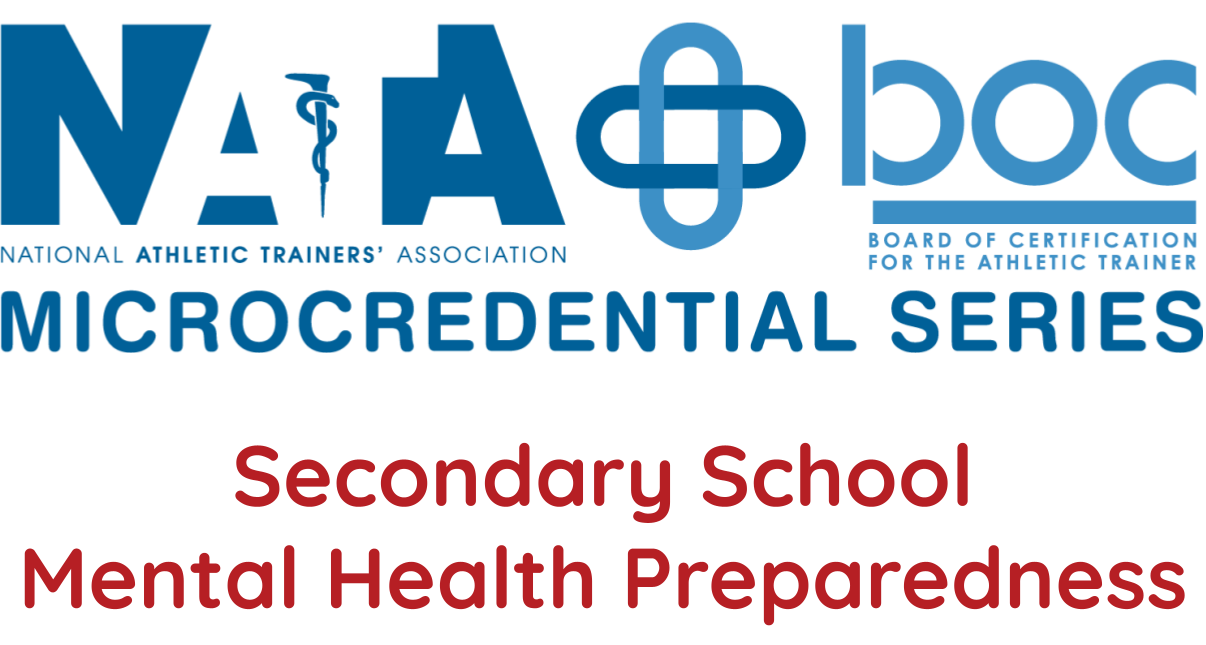
| Access Date | Quiz Result | Score | Actions |
|---|
Please Login
Announcements
Looking for your Statement of Credit from NATA Convention?
Statements of Credit for NATA 2025 can be found on the My Transcript page of NATA EducATe. Statements of Credit from NATA 2024 and prior can be accessed from the Statements of Credit Portal by entering the last name and email used to register for convention.
Reporting Period Update
Certification renewal requirements for the 2024-2025 reporting period are due to the BOC by Feb. 2, 2026 at 5 p.m. CST. For more info or questions, visit bocatc.org or email boc@bocatc.org.
NEW to NATA EducATe?
Review our Getting Started page to learn how to navigate the site, locate your statements of credit, view previously completed courses, and search our catalog for available courses.
Expiration Date Policy for Enhanced Access On-Demand Courses
All courses in our Enhanced Access On-Demand Catalog will expire at the end of the membership year on December 31 at 11:59 p.m. CST. Our catalog will reopen for registrations the first week of January. Visit our FAQ page for additional details.


